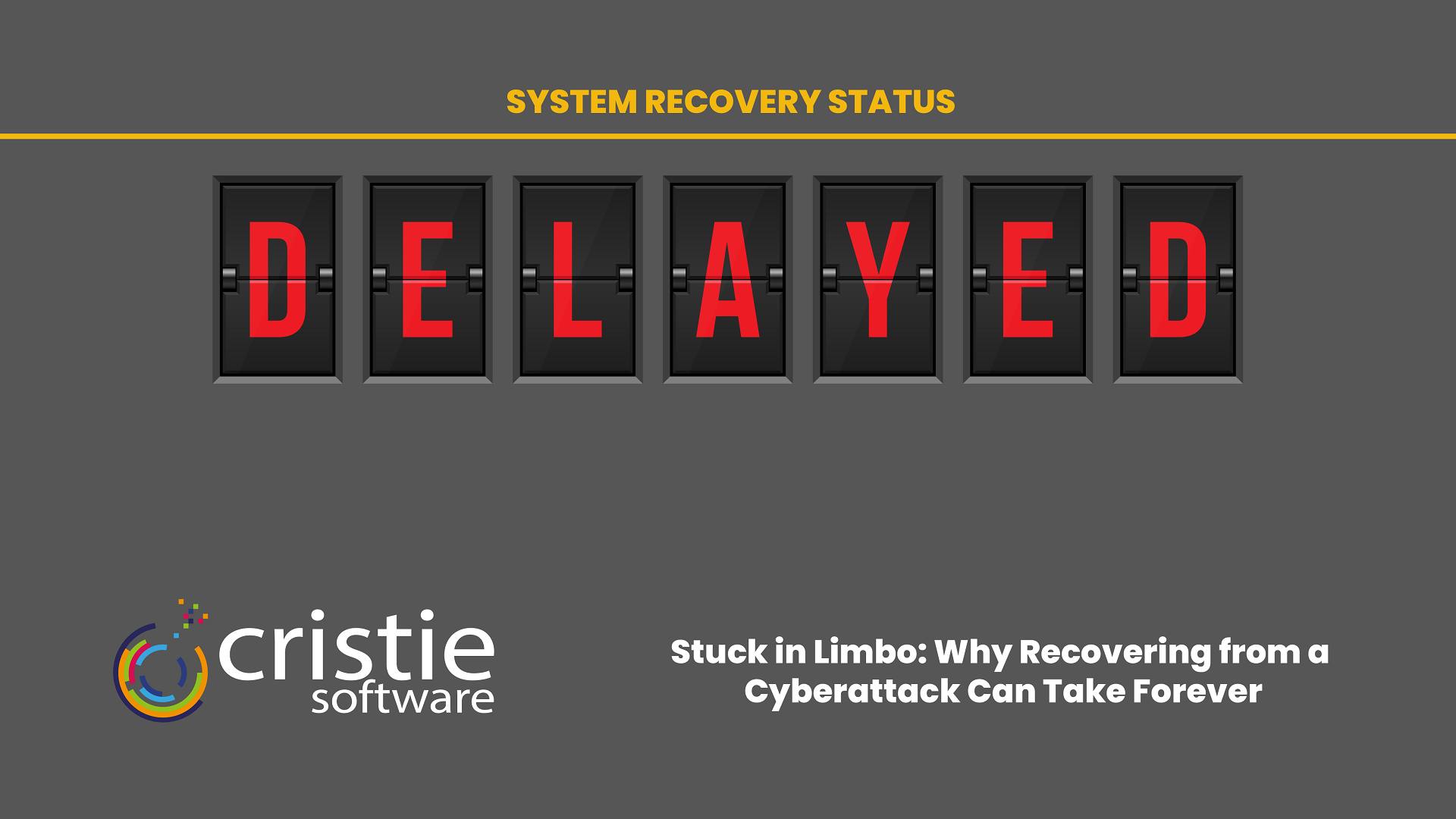
Cyberattacks are a harsh reality of the digital age. While the initial shock of a breach is bad enough, the real pain can come later: prolonged system downtime. This can cripple businesses, erode customer trust, and cost millions in lost revenue. But why does getting back online after a cyberattack sometimes take so long? Here’s a breakdown of the main culprits:
Cyberattacks often target critical infrastructure, servers, networks and databases. These essential systems may be corrupted, encrypted, or even destroyed, requiring extensive repairs or complete rebuilds.
Restoring from backups is a common recovery strategy, but it’s not foolproof. Hackers can manipulate backups, so data integrity needs to be thoroughly verified before systems are brought back online. This painstaking process can be excruciatingly slow. Furthermore, many companies neglect system recovery from DR plans and focus disproportionally on application data backup. Data is of no use without underlying systems and infrastructure.
Modern IT environments are intricate webs of interconnected systems. An attack on one system can have cascading effects, causing widespread disruption, and requiring a complex, step-by-step restoration process to ensure everything functions properly again. Isolated network recovery is essential if malware is suspected within any system recovery image or application data backup.
The fear of lingering malware is a major cause of delay. Organizations need to be absolutely certain their systems are clean before reconnecting them to the network. This often involves extensive security audits and scans, adding precious hours (or days) to the recovery timeline. Recovery of systems to a cleanroom environment is a vital feature to allow cyber forensic analysis to take place without ongoing risk of contamination to additional systems and networks.
The unfortunate truth is, many organizations simply aren’t prepared for a cyberattack. Inadequate backups, lack of full system recovery tools, outdated recovery plans, and a shortage of skilled IT personnel can significantly slow down the response and recovery process.

